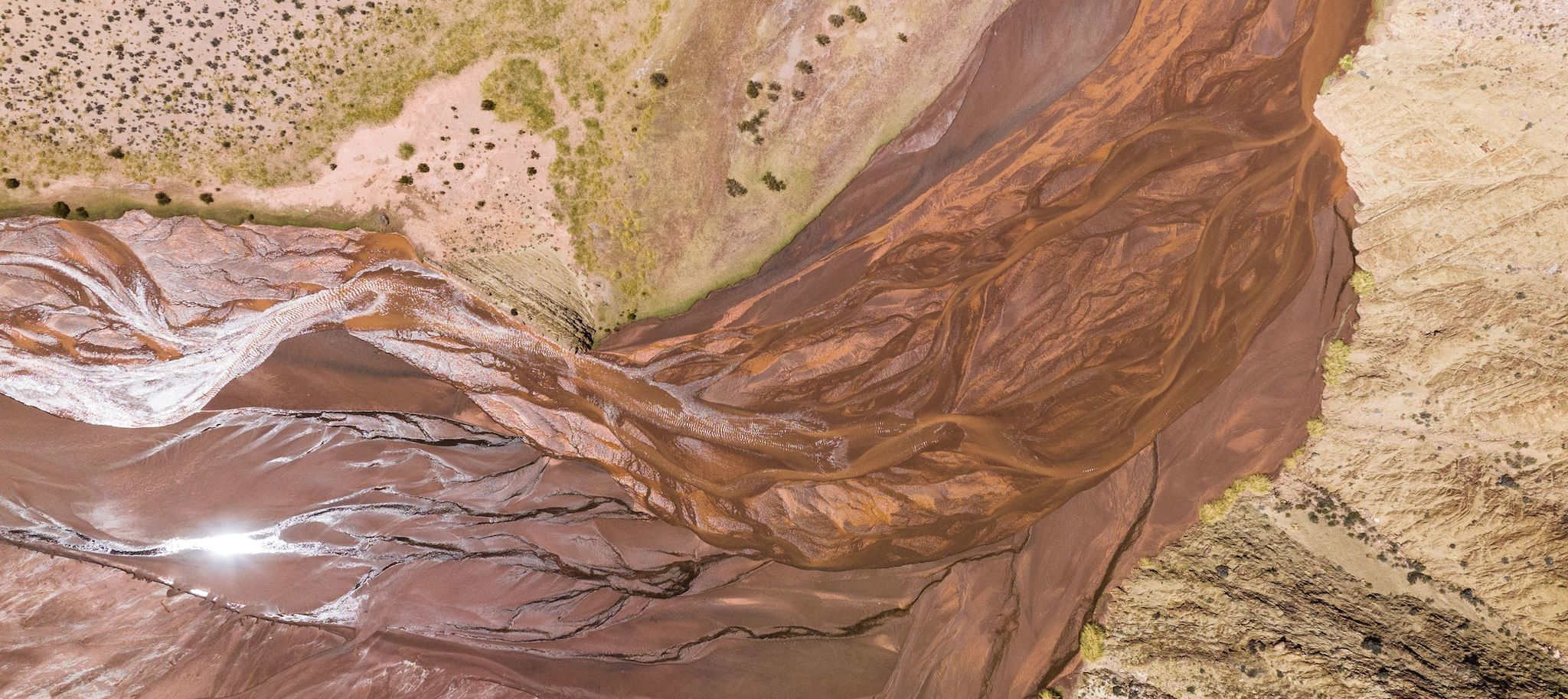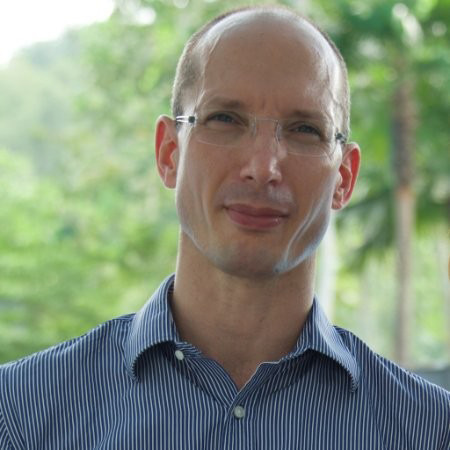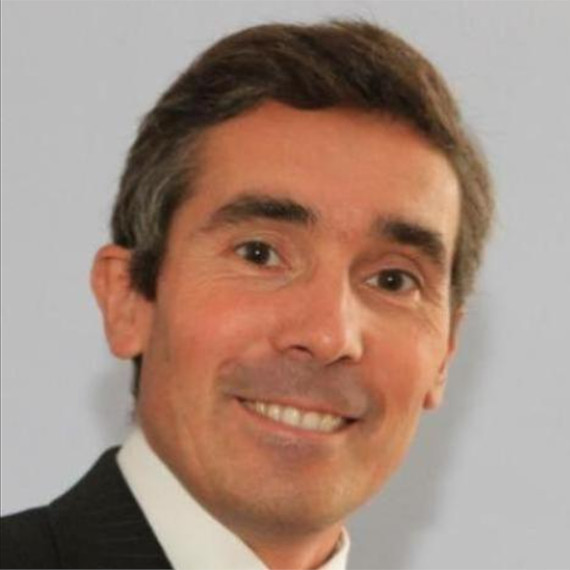Nations, pore space owners, and CCUS project developers around the world are rapidly advancing their efforts to be part of this solution to the decarbonization equation. The International Energy Agency estimates that by 2050, CCUS could be responsible for reducing a significant 12% of global greenhouse gas emissions. That said, engaging in geological sequestration (the process of storing CO2 underground) is a complex, multidimensional engineering challenge spanning technical, environmental, economic, and societal spheres. Significant investments are required to progressively evaluate the associated risks while qualifying a site as suitable for development.
So, where do you start? Well, the first step for any CCUS project is identifying potential locations where captured CO2 can be stored underground. Those locations must satisfy three important requirements:
- They must be safe (integrity)
- They must be economical
- They must be large enough to hold the volume to be injected.
For these requirements to be validated, carbon storage site selection must be driven by science and data—making all decision points more traceable and, therefore, more transparent. It’s a challenging journey that asks us to merge science, innovative tech, and inclusive policymaking into a pragmatic solution for accelerating CCUS project development.
The first step in any carbon storage initiative: Screening
Screening for potential storage sites is the first step a carbon storage site developer must take when embarking on their CCUS journey. While an increasing number of host authorities (i.e., nations) worldwide are preparing to license their subsurface pore space for carbon storage, the proper identification, screening, and ranking of these sites is a critical step at the beginning of the process.
Undertaking this first step necessitates significant financial investment in both tech and infrastructure, alongside a solid regulatory framework to ensure safe and efficient operations. The geological formations (i.e., sites) chosen must not only be capable of holding large amounts of CO2 for long periods of time, but they must also be conveniently located near emission sources to reduce transportation costs and logistical issues.
Choosing the right place (one or many that check off the three-point list above) requires a scientific approach to both screening potential sites and ranking them. When we say scientific, we mean the approach is not only backed by unbiased data but also by experience. Because even when a potentially suitable site is identified, we must foresee and model possible events that could undermine our sequestration efforts, either through undesired economic outcomes due to poor storage performance or potential containment breaches leading to environmental damage.
The latter is why, on a societal level, building acceptance for underground CO2 storage demands transparent communication of the associated risks and benefits. An open approach fosters trust and a cooperative spirit among communities residing near these storage sites. It harmonizes the urgent need to reduce the effects of climate change with the potential environmental impact and concerns regarding property values and land usage rights.
The right to use subsurface areas for carbon storage usually resides with governments and pore space owners (where applicable). Governments, for example, need to ascertain that the areas they offer as possible carbon storage sites have:
- Economic potential
- The right surface infrastructure
- A policy framework that incentivizes carbon sequestration projects
- Environmental regulations established for permitting and ongoing monitoring.
Typically, due to data limitations, selecting the most suitable location is no small task. This stage generally utilizes publicly available data. Leveraging this data optimally, however, and ensuring that all pertinent factors are carefully considered requires an integrated, multidisciplinary, and holistic view of both subsurface and surface information.
Add tech and experience, remove the bias
Subsurface analysis requires assessing a range of elements including but not limited to:
- Site porosity
- Permeability
- Thickness
- Depth
- Pressure
- Displacement
- Trapping mechanisms
- Homogeneity
- Risk of faulting
- Risk of fracturing
- And stress patterns.
The factors above should be considered in a detailed subsurface geological model—a challenging practice during the early phases of site screening when multiple sites are still being considered. To create a comprehensive analysis, however, other non-technical factors should be considered, as well. These include:
- Data availability
- CO2transportation logistics
- Monitoring protocols
- Funding avenues
- Permitting procedures
- And ownership structures.
The challenge remains data. In carbon storage site screening and ranking, data regarding the areas of interest is often available in limited amounts. This is where expertise, experience, and technical advances play an important role. They allow you to connect existing information, extrapolate to fill in gaps, and make sense of large volumes of uncorrelated data to glean new insights.
It’s important to note that screening for potential storage sites is performed on the basis of both technical and non-technical criteria. Technical criteria are challenging because they are often estimates based on reference data that may not fully represent the sites being evaluated. Non-technical criteria, on the other hand, include elements that can impact cost, timing (e.g., permitting), and the likelihood of success—all of which can be somewhat subjective.
Site screening performed by two different technical experts can lead to diverging conclusions as professional opinion brings a level of personal bias. Rest assured this bias can be overcome. It just requires using a solution that adopts a science-based methodology, one replete with expertise stemming from data collected across a multitude of potential storage sites (each with its own subsurface and surface conditions).
A robust approach provides full traceability of any conclusions reached and combines it with simulation-driven uncertainty analysis for greater confidence in how storage sites are selected and ranked. A robust approach also puts information in context. This means utilizing a wide range of datasets and benchmarking against highly documented sites such as the Illinois basin in the USA and the Utsira Formation in the North Sea.
What the science tells us
The Monte Carlo simulation is a mathematical technique that allows for the forecasting of potential outcomes of uncertain events. This technique can leverage past data to predict a range of possible futures based on different actions. It offers a distribution of scores rather than a single point score, thus providing a more nuanced understanding of what's possible.
In the context of screening and ranking carbon storage sites, the Monte Carlo simulation is applied by giving selected criteria specific weight based on past experiences, thereby facilitating unbiased rankings of the various sites under evaluation. Moreover, weightings can be adjusted to suit the region being screened, paving the way for a customized, consistent, and data-driven approach to site evaluation and selection. By promoting more informed and reliable decision-making, the method empowers host authorities, pore space owners, and project developers to minimize the reliability, economic, and sustainability risks associated with carbon storage sites.
The result? A pragmatic approach to carbon storage screening and ranking.
For host authorities and pore space owners, screening and ranking carbon storage sites correctly can define and determine decarbonization strategies. Modern tech and expertise are already fundamentally transforming the process, ushering in an era of scientifically grounded decisions that bolster transparency and minimize uncertainty.
For project developers, getting the screening and ranking process right is equally vital. By leveraging expertise and cutting-edge tech, developers can accurately assess the risks and economic potential of various storage sites. The next step after completing that screening and ranking exercise is allocating further investments to perform a detailed assessment and drill a characterization well (or more). Selecting the wrong candidate sites will have very costly consequences. Relying on science-based methods to make decisions provides reassurance that further investments are well spent. This is a significant step towards a more mature CCUS industry steering us all towards a decarbonized future that achieves net zero.





